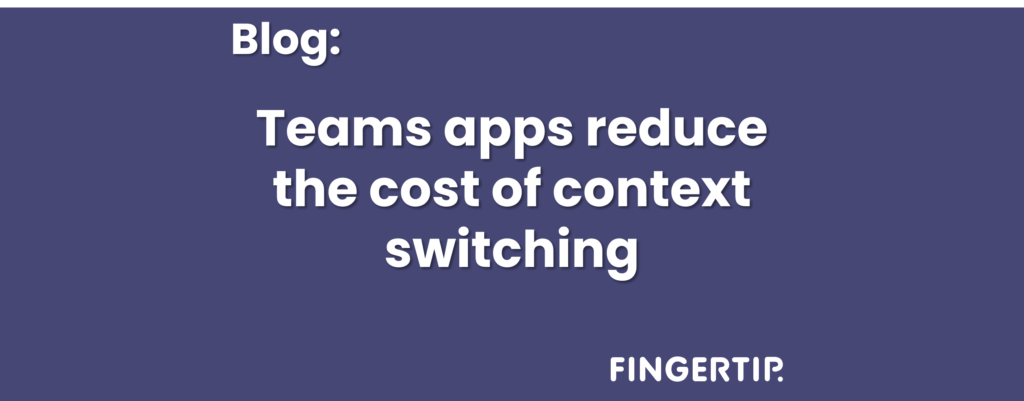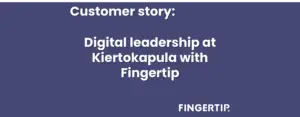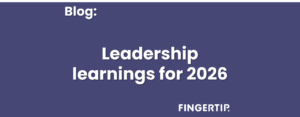Many of us have found ourselves conducting most of our daily communication using Microsoft Teams by now. With its impressive timing and rapid rise to popularity during the pandemic, it currently sits at more than 300 million users.
However, it’s not all fine and dandy. Microsoft themselves conducted a study that showed that in the current business world, people spend up to 57% of their time communicating. Out of the responders, 68% felt they didn’t have enough focus time to complete all their work!
Understandably, people interrupt each other more in remote work since they can’t see if their co-workers were currently focused. Add the fact that more than half of all people feel like they need to respond to notifications immediately. This creates endless context switching, where focus time is split into short intervals.
Context switching can also rapidly add up to lose productive time, as it takes up to 23 minutes to regain focus after context switching. No wonder that 45% of people say context switching makes them less productive, and 43% said it causes them fatigue.
Productivity in context, sharing without interruption
According to World Economic Forum, 86% of companies are looking to implement digital platforms and apps in their tool landscape. Fingertip’s market study also showed, that 89% of companies look to expand or maintain the role of Microsoft Teams in the near future.
Teams can add to the context switching problem with frequent interruptions, but it also is a context in and of itself. When you can incorporate good leadership in teams rather than a variety of external apps, you can cut down on context switching and active communication in general.
Lead with Teams and tackle context switching
Fingertip is the leadership layer to Teams, that improves the availability of information while reducing direct communication. It ties tasks, decisions, meeting agendas, and much more to their active context, so you don’t need extra spreadsheets or slideshows to communicate and document everything.
It makes the status and accountabilities visible and shows their real time progress, making the communication asynchronous – or demand-oriented rather than pushed. This breaks the context switching loop, improving creativity and reducing costs. Information availability and transparency by access roles helps break silos while not causing information overload. Fingertip also makes knowledge work measurable and creates actionable insights on bottlenecks and productivity.
Read more how Fingertip boosts Teams usefulness while replacing multiple single-use apps in our whitepaper. You can also book a free session with us to understand how Fingertip can make you more productive and save money!



